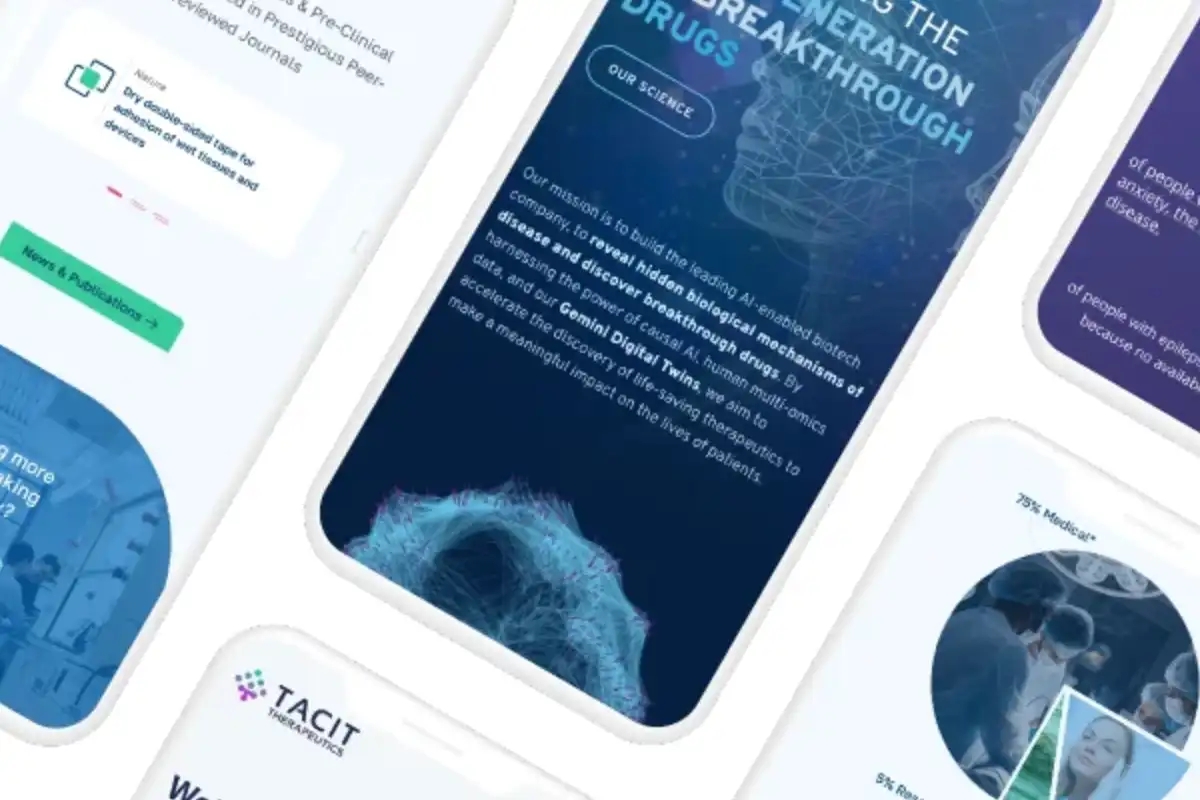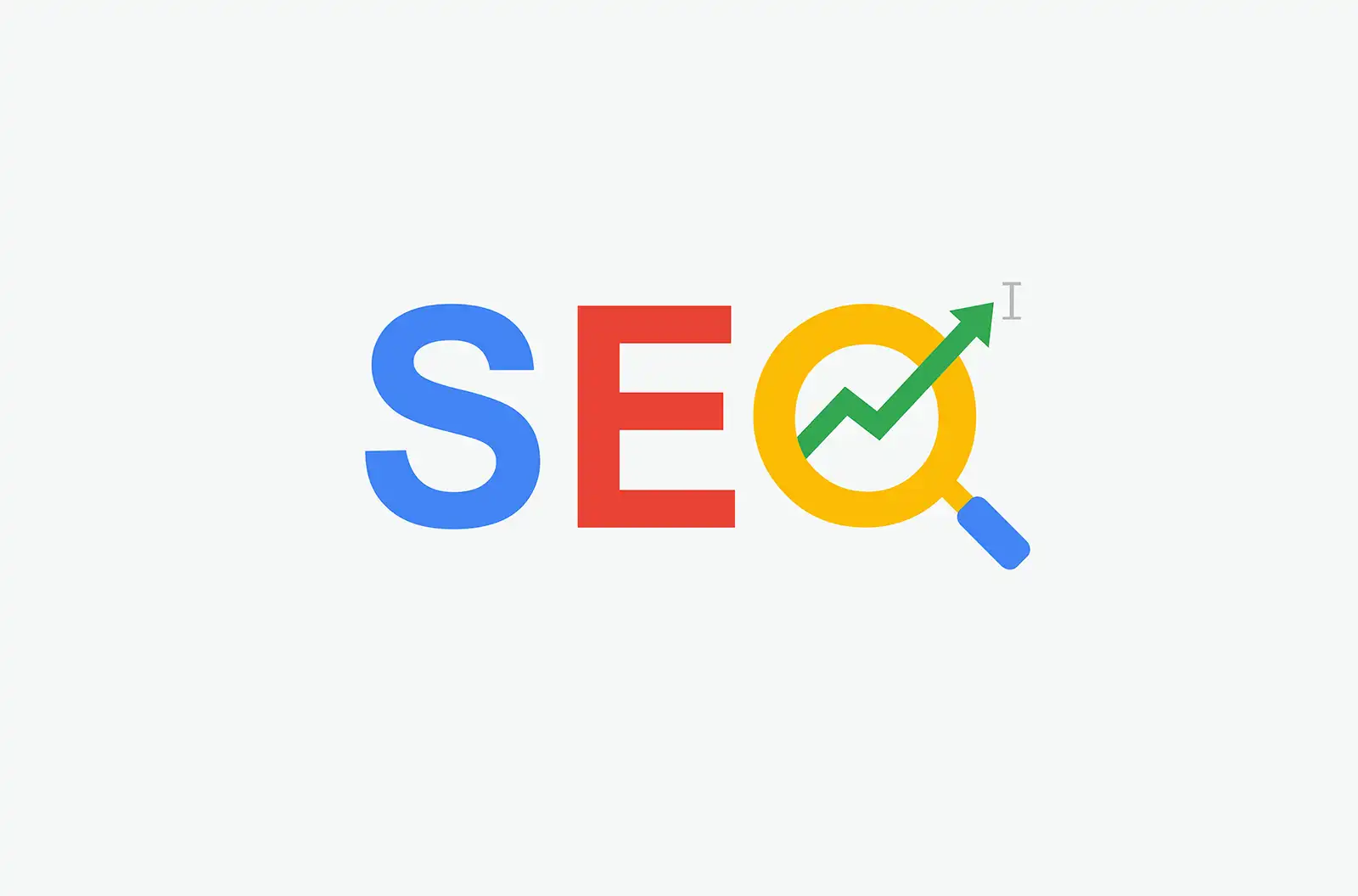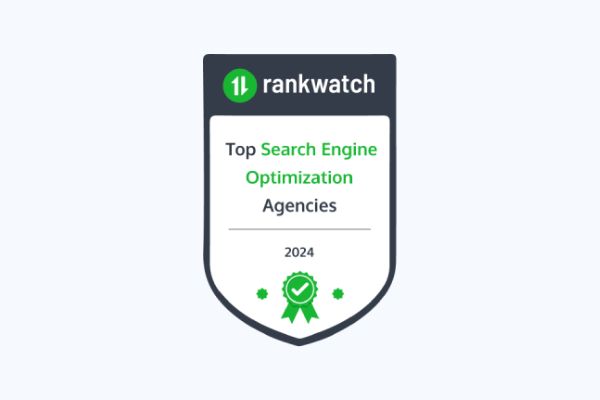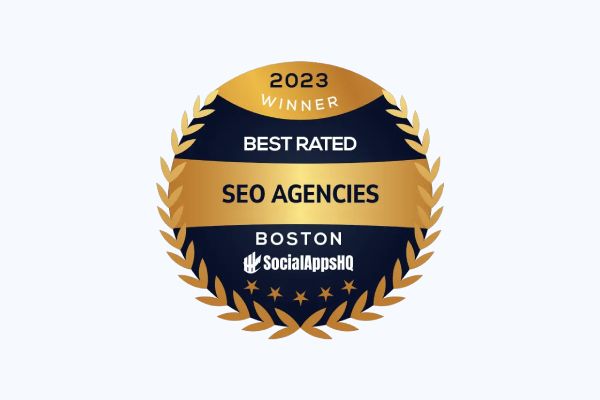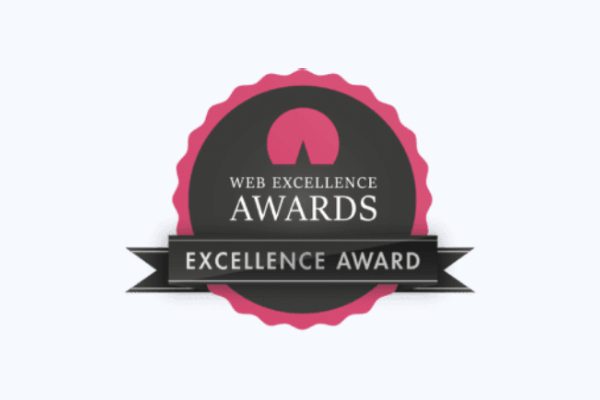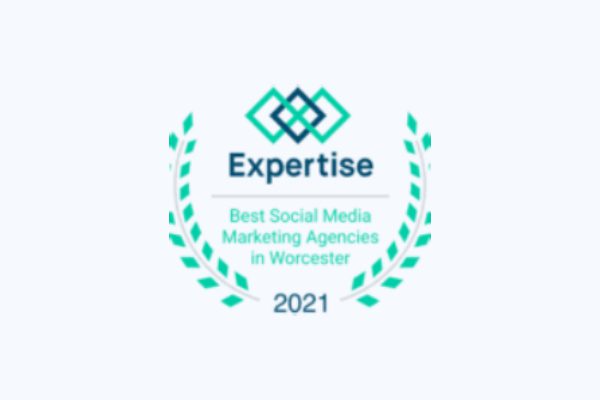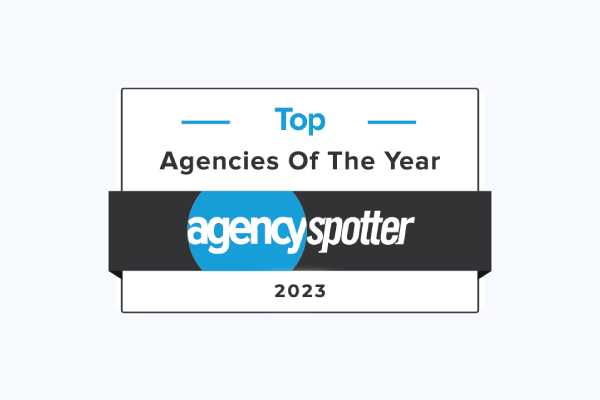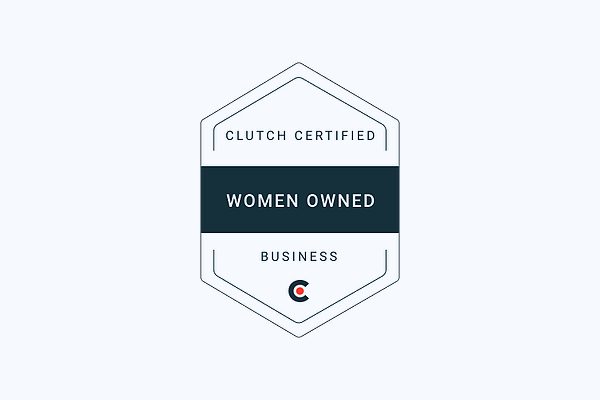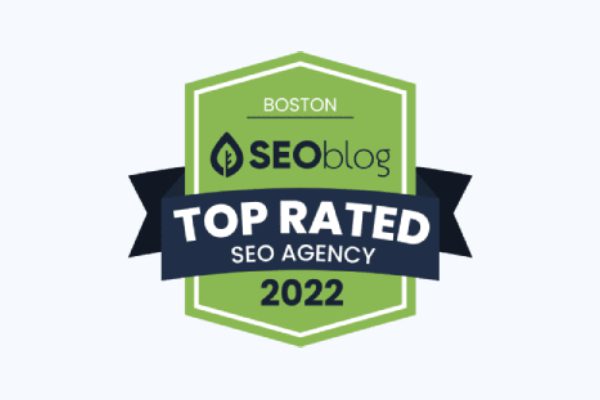Biotech marketing tips and trends change as quickly as the weather, and it is hard to stay on top of everything new. In the ever-changing digital climate, it is important for biotech companies, especially in the early stages, to pay attention to those trends. A biotech’s digital presence needs to speak to the right audiences, in the most current formats and vehicles, whether it is through content, journals, thought leadership, or social media in the early-stages.
At this point, your biotech startup is reaching the end of your seed or early investment money.
- You have likely validated your idea and conducted initial proof-of-concept studies.
- You may already be shipping products and seeing an upward sales trend.
- You may be ready to introduce your science and scientific team to the world.
However, in the early growth phase, setting a biotech company up for digital success is crucial.
At this early stage, you have a variety of audiences you are interested in reaching, such as venture capitalists to raise funds, consumers to increase sales, fellow scientists who can partner with you, and potential employees to build operational efficiency. You can’t do everything all at once, so it’s time to hone in on a well-defined strategy that will take the company to the next level.
Here are 8 biotech marketing tips that will help you get your marketing efforts off the ground and build your brand as you move into the next phase of growth.
1. Get your biotech’s message right in this early-stage
Define Your Objectives and Target Audience
When it comes to biotech marketing you can’t be all things to all people. Instead, focus on your primary business goals. For example, the objective of raising VC funds will require a different biotech marketing strategy than increasing sales among patients, attracting scientists for collaborations, or finding candidates for R&D positions.
No matter your audience, a generic message will fail to engage readers. Understand the profile, needs, and concerns of each audience you plan to address.
Messaging Example: Investor and VC Audience
A typical target audience for Series A companies is investors. With startup failure rates between 60% and 90%, you must convince them that your business is worth the risk compared to hundreds of other opportunities they see each year. Step up to the plate by demonstrating that you are aligned with their best interests and understand their concerns.
Your investor messaging should answer questions such as:
- What problem does your product address, and what is your approach to solving the problem?
- What is the size and value of the market, industry competitors, and your Unique Selling Proposition (USP)?
- How reliable and experienced is the founder?
- How knowledgeable and committed is the team, and how will they overcome challenges?
- What is the product’s commercial viability based on business models, trends, and forecasts?
- What is your credibility in the scientific and business community?
Messaging Example: Consumer/Patient Audience Needs
If you have already established a small sales base and still have some funds, your primary focus may be building awareness and purchasing intent among consumers. There is increasing recognition in the biotech sphere that enhancing consumer trust is an essential factor in growth-building. This requires balancing the need to translate complex information to the layman, demonstrate scientific leadership, convey a sense of caring, and understand the inherent risk patients and caregivers face in being treated with a lesser established product.
Knowing these are important issues for consumers, your messaging to them should include:
- An emotional narrative based on how your product can improve their health or the quality of life of their loved ones
- Expert education about the science behind the disease—in easy-to-understand language, without information overload
- Transparency about risks, safety issues, and outcomes
- Information on how patients and caregivers can receive resources and support for onboarding and therapy, financial assistance, and clinical trials
2. Create clear content that differentiates your biotech in a crowded market
Regardless of your primary audience, be aware that salespeople, potential scientific collaborators, analysts, healthcare providers, and the media may also read your marketing materials. No matter who is consuming your content, one of our top biotech marketing tips is that you apply the following guidelines to that content.
At the top of important Biotech Marketing Tips is to Be Consistent and Concise Across All Channels
Surround your messages with rich content, such as blog articles, social media posts, emails, and one-page collateral materials. To establish a strong brand for your early-stage biotech, ensure to convey the message clearly, expressing it consistently across all touchpoints. You can make more in-depth supplemental and long-form content available for those who want to dig deeper into more complex issues.
Biotech Messaging Strategies for Your Science-based Website (And 6 Examples)
3. Learn the Marketing Ropes from Your Competitor
Your biotech business doesn’t exist in a vacuum. Investors, patients, and other audiences will compare you with your competitors, so stay attuned to other biotech and life sciences companies in your niche, industry trends, and technology requirements.
Here are some highlighted biotech marketing tips on using the competition to your advantage:
Listen to What Your Competitors are Saying
You’re in the market with other astute companies, and you may have a lot to learn from them about news and advances in the industry. Keep your eyes and ears open to what they are saying to your market about the industry, and maybe even about your specific product. Some ways to do this include diving into their website and social media channels, listening to their presentations, going to conferences, and looking at the data they present.
Understand Your Technology’s Place in the Competitive Landscape:
Be sure to study similar offerings in your category to understand how you compare with them on a variety of competitive factors, including:
- · Market share, revenue, and growth
- · Customer demographics and awareness
- · Product development, clinical trials, and time to market
- · Quality and features of the product, along with future development plans
- · Ease of patient use and onboarding
Be An Expert on Industry Developments
Thought leadership is one of our favorite biotech marketing tips. Providing content to scientific journals and participating in industry events will keep your company at the top of emerging trends and technologies, upcoming regulations, research directions, and industry trends. You can also monitor FDA submission and approvals publications and clinical trials to be aware of potentially competitive innovations on their way to market.
4. Create a clear brand identity for your biotech company
You’ve already designed a logo for your biotech. You have used some colors. You’ve created some graphics. But is everything consistent?
At this stage, it is also crucial to re-evaluate your brand identity and consistency since it will be really hard to change from this point on.
If you love your logo and think it will serve the company for years to come, then make sure you have a “brand guide” for all of your marketing efforts. A brand guide will define your logo colors, and fonts to be used so that your digital presence is consistent across all channels from print to trade shows and digitally.
If you have a logo but feel you don’t have enough direction to move forward, consider bringing in a designer to help you create a consistent brand guide and identity that will move you forward as the company evolves.
Once you have a clear brand identity and guide to work from, create processes for your team so that anything they do will continue to meet your brand guide guidelines.
5. Devise an SEO strategy to drive web traffic to your biotech website
The potential for life sciences businesses to grow online is enormous. On the VC side, investors rely on the Internet to research market sectors, scientific developments, and company performance. On the consumer side, consider that research shows that 80% of web users in the USA search the internet for information on different medical problems.
How can you increase your visibility when a user does a Google search? The answer is biotech SEO. More specifically, your goal is to achieve a high page ranking and then drive the right users to click on your result.
There are several steps you’ll take in developing your SEO strategy. The first is knowing what your audience is looking to solve, otherwise known as search intent. The second is developing a keyword strategy based on your ideal user’s search terms. Next, you’ll optimize your online content using both off-page and on-page SEO tactics. And finally, don’t forget to monitor, analyze, and adapt your strategy over time.
Why you need an SEO Strategy for your Biotech Company Website
Here are some tactics for enhancing SEO on your biotech site:
Identify Keywords
Finding valuable keywords can be as simple as determining keywords used in top-ranking results, identifying your top competitors’ keywords. Google can also provide answers in the “people also searched for” and “related searches” sections on the results pages, as well as the Google Ads Keyword Planner. You can also take advantage of free, trial, and paid keyword tools, such as SEMrush, Soovle, and Ahrefs Keywords Explorer. Using these tools, you can test the list of keywords to find ones that have less competition but a large volume of monthly searches.
Optimize your Biotech Website’s Content and Relevant Keywords and Phrases
Google’s goal is to find the most valuable webpage for any given search. Your goal is to convince the Google search algorithm that your webpage will be the most valuable for a searcher who plugs your keyword into the browser’s search bar. The way to do this is to optimize each web page for its keyword. While doing this, however, naturally use the keyword, rather than awkwardly inserting them or resorting to keyword stuffing—which Google may penalize.
Your keyword should also be used effectively within the structure of each page, including URLs, page title tags, meta description tags, headers, and image alt-tags. In addition to keywords, check for other important SEO factors, such as fast page-load time, internal linking strategy, user-friendly navigation, good UX design, and high-quality backlinks.
High-Quality is Your Top Priority When it Comes to Content
While all the above recommendations are important, the most critical is creating high-quality, unique content. You need content that engages, educates, builds trust, and is valuable to the user. Be sure to eliminate typos, use correct grammar, keep the language simple and easy to understand, and avoid industry jargon. Also, use graphics to make the site more appealing and illustrate scientific concepts.
Another aspect of quality content is delivering a positive user experience (UX). You want to strive to make your biotech website “sticky” and encourage people to return.
6. Start consistently brand-building your biotech on social media
Build your biotech’s brand and create social media profiles on the channels used by your target audiences, including LinkedIn, Facebook, Twitter, and Instagram. If you have the resources, you may always want to build a company YouTube channel. You may be tempted to use as many social channels as you can. If so, beware that a social media presence takes significant resources. Alternatively, an unused or sporadically used social media channel may cause you to lose credibility, doing more harm than good.
7. Introduce thought leadership in your biotech marketing strategy
It’s time to start shouting from the rooftops. One of the best ways to gain authority in your industry is through thought leadership. The company’s leaders can speak at conferences and can host or guest on webinars or Podcasts. That content can also be used and recycled for other digital marketing efforts.
8. Get listed in science directories and biotech publications
Start to submit your website to online directories, such as Google for Business, SelectScience, and BioCompare, and to membership organization sites such as Biotechnology Innovation Organization (BIO) or other biotech industry-specific directories. You can also advertise online for tradeshows and other biotechnology events. Submit articles or advertise both digitally and in print to Bioscience publications to target your audience
These biotech marketing tips will help you build your brand and get you noticed.
First, biotech companies can’t afford to lag in their marketing efforts–especially online and mobile. Also, no matter how good your technology is, your marketing can make or break your company’s success. Furthermore, understanding your audiences and communicating clearly about what’s most important to them is the key to a bullet-proof marketing strategy.
Finally, as you move forward, consider working with a company like Ladybugz Interactive. Choose a digital agency with industry experience in building successful digital marketing strategies for growing biotechnology companies.
